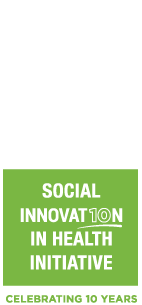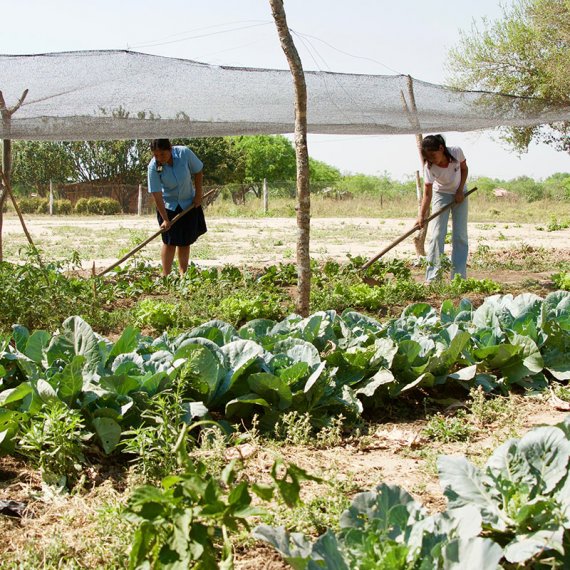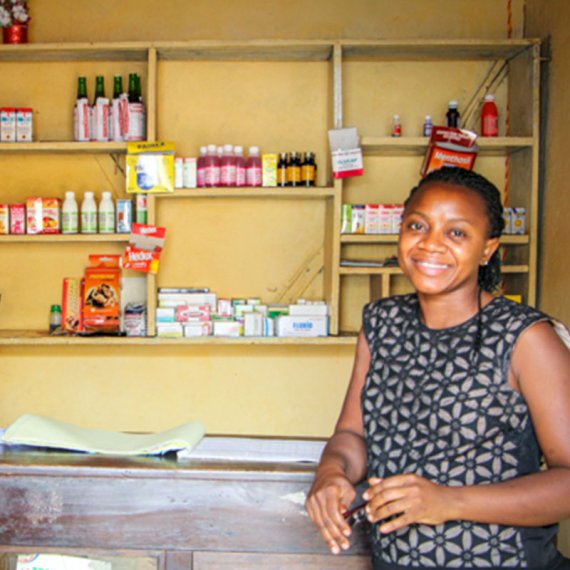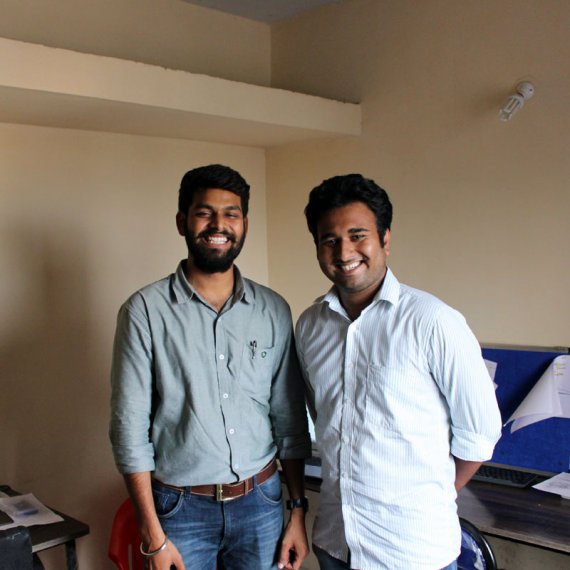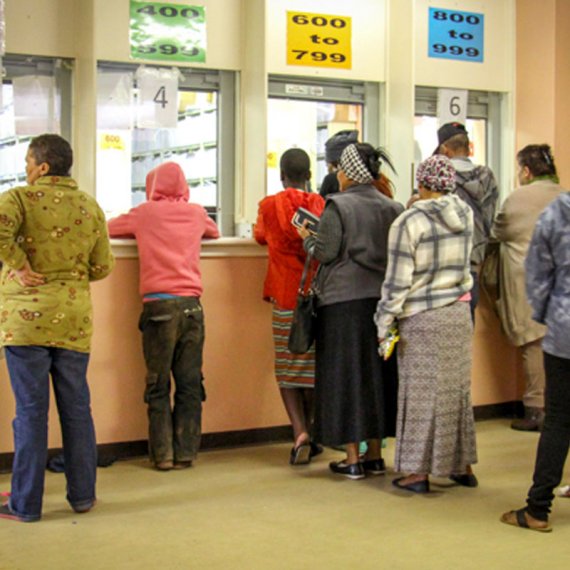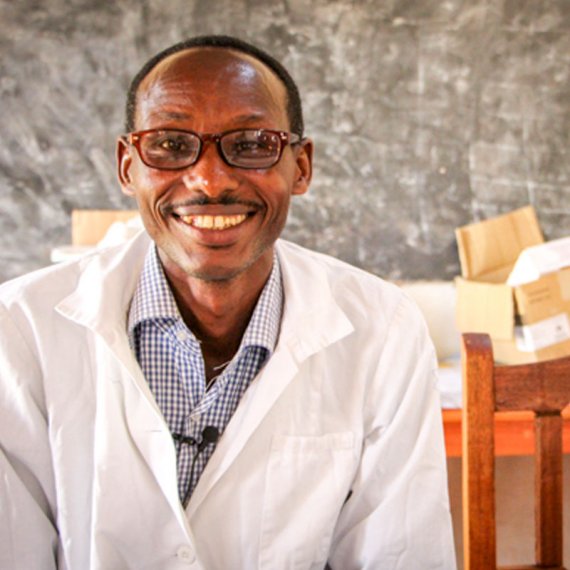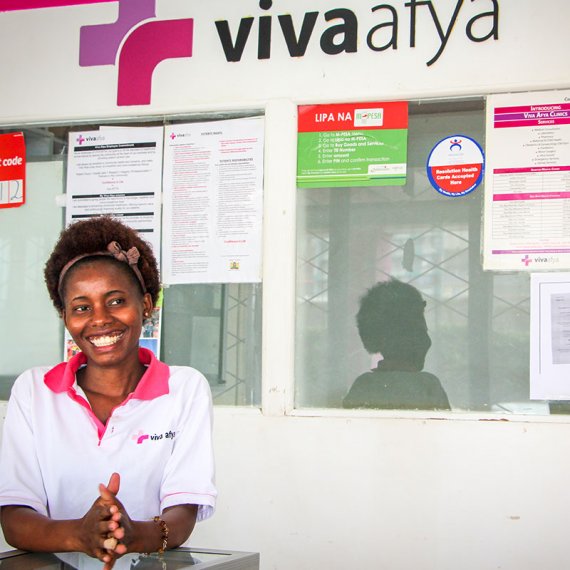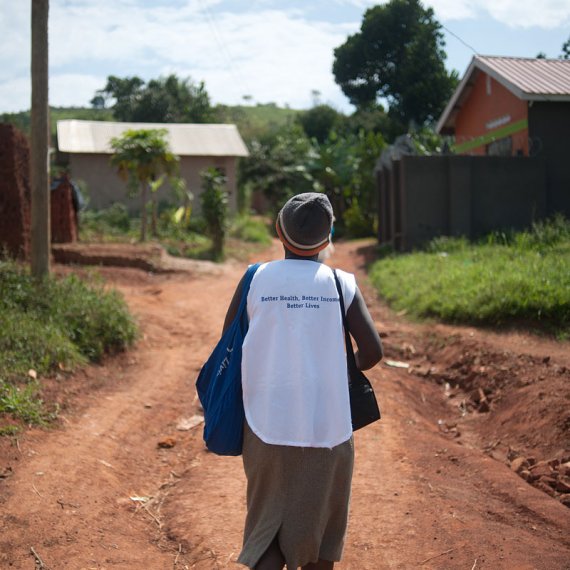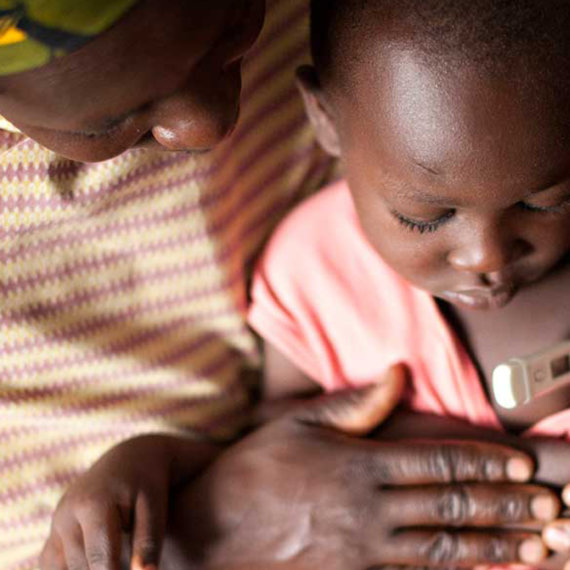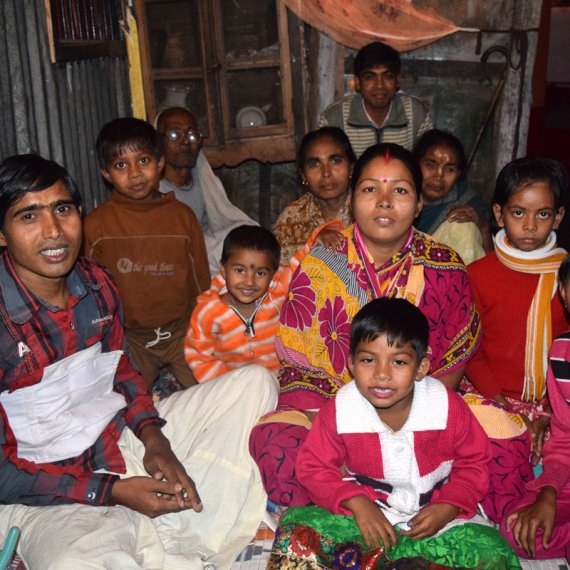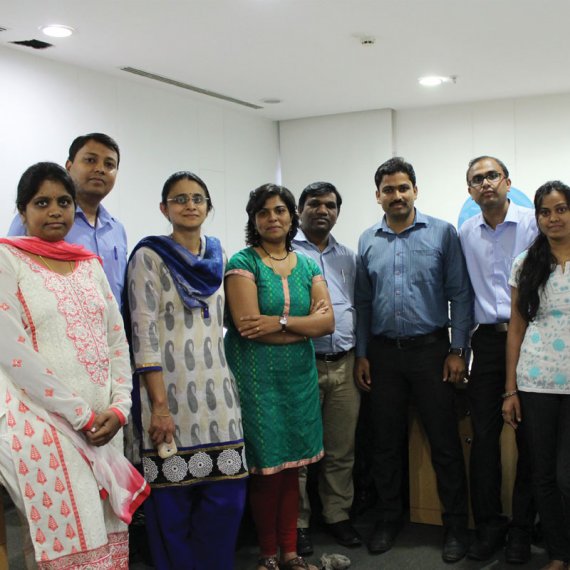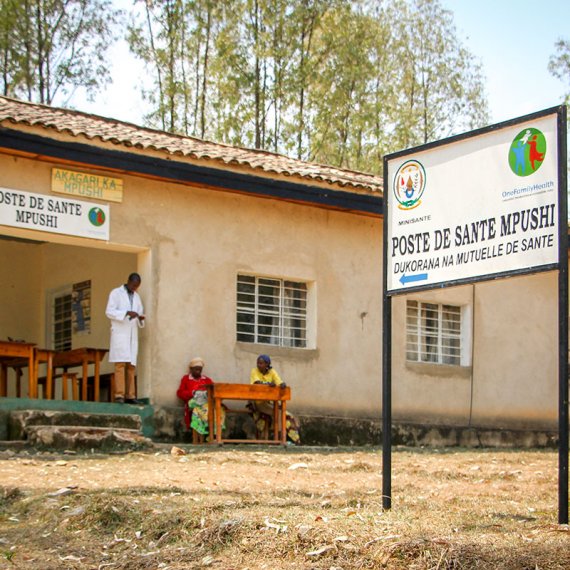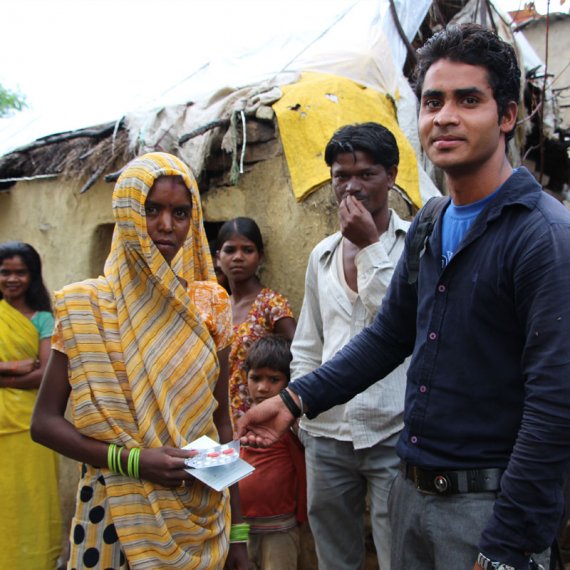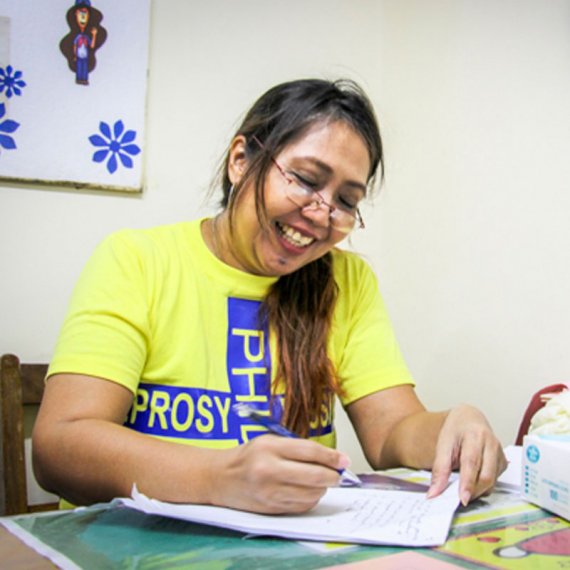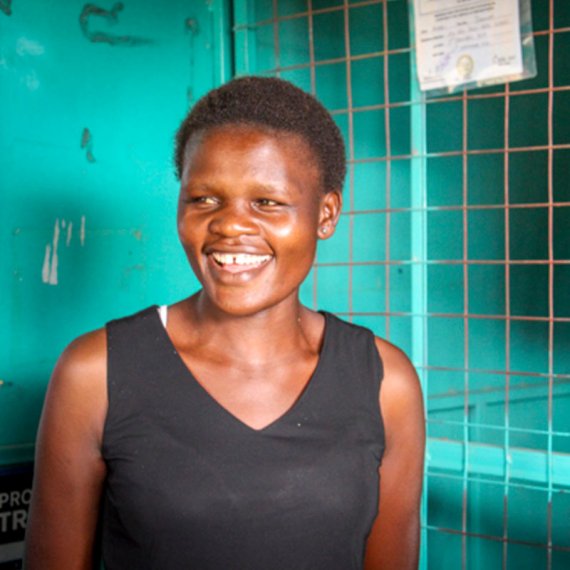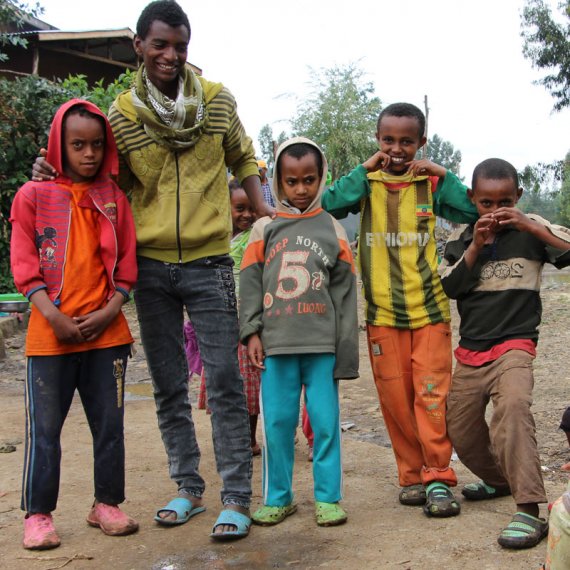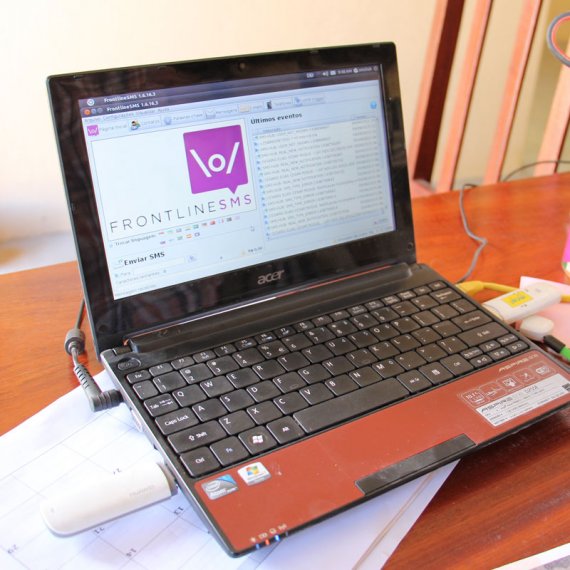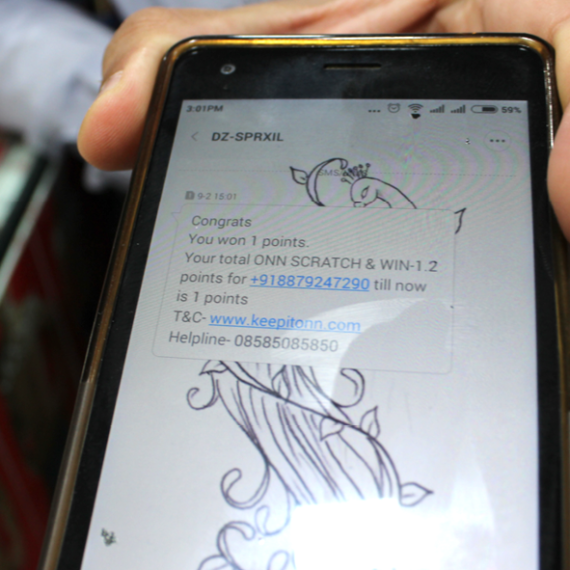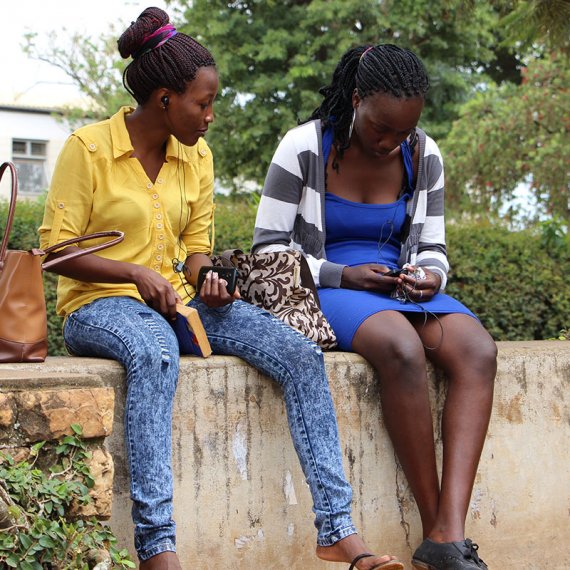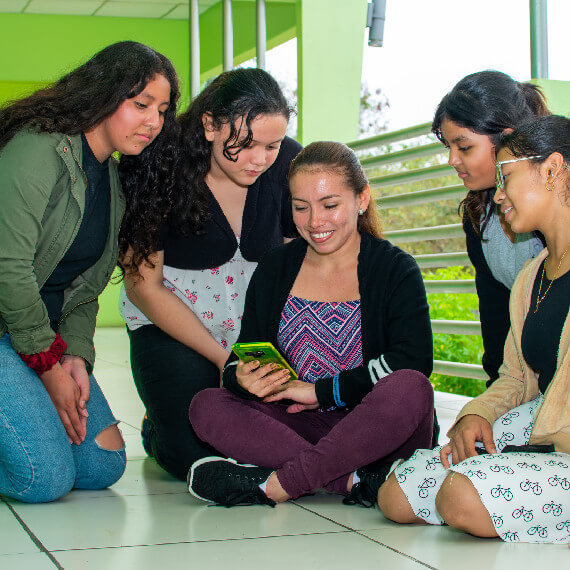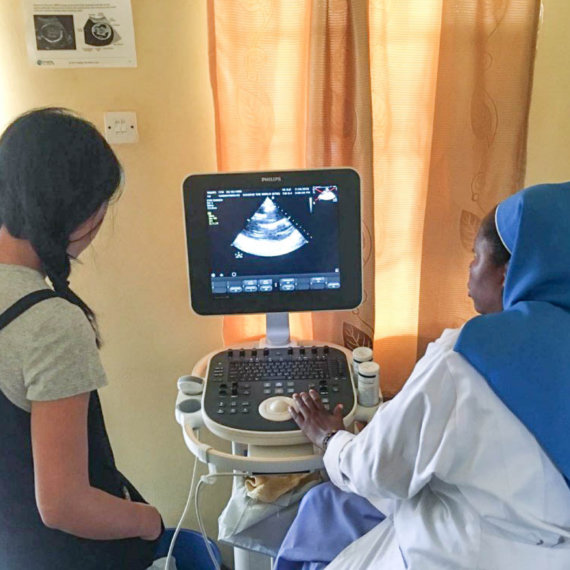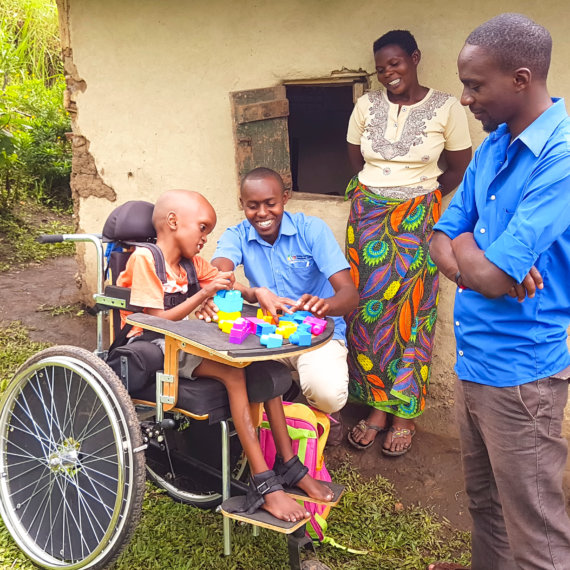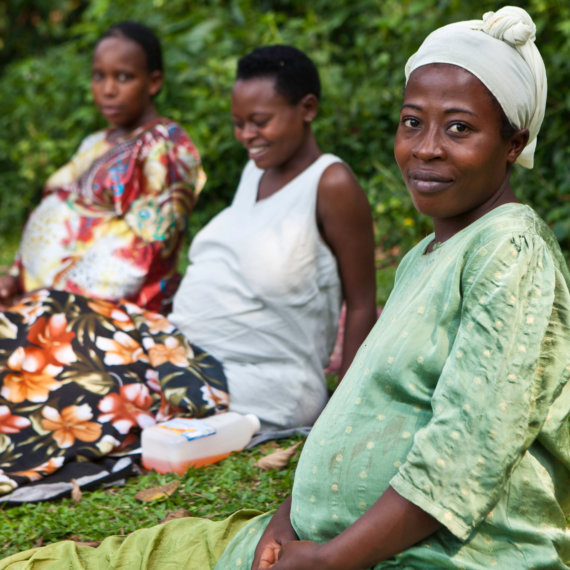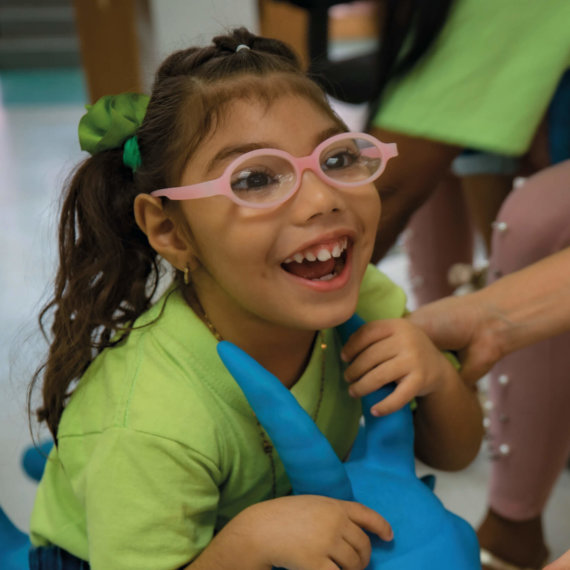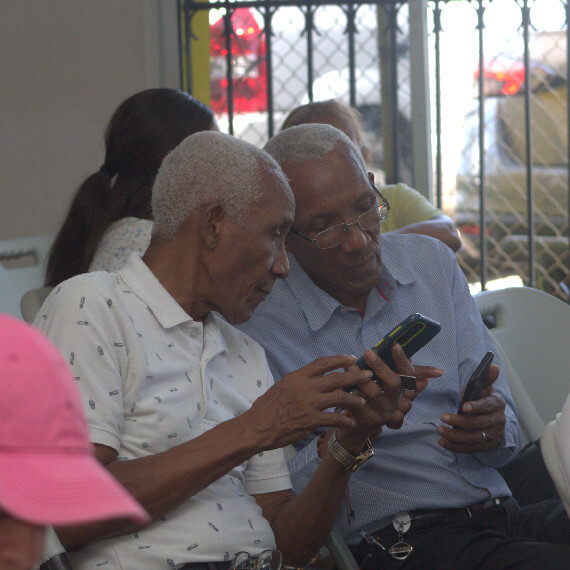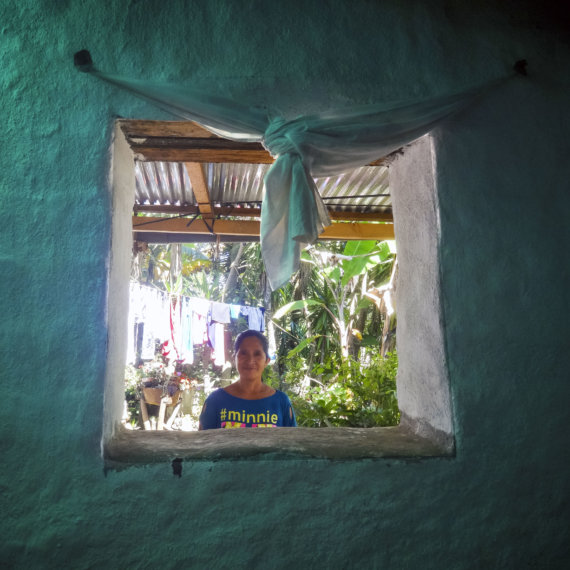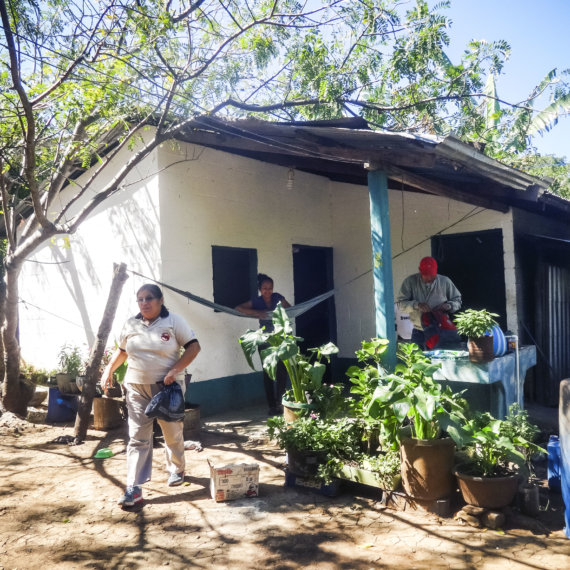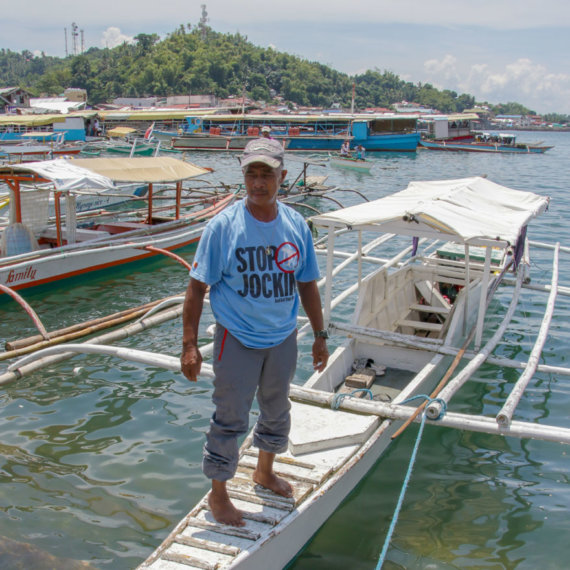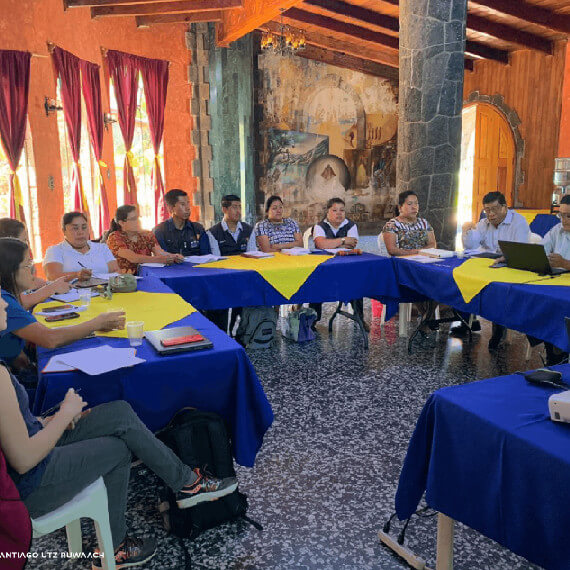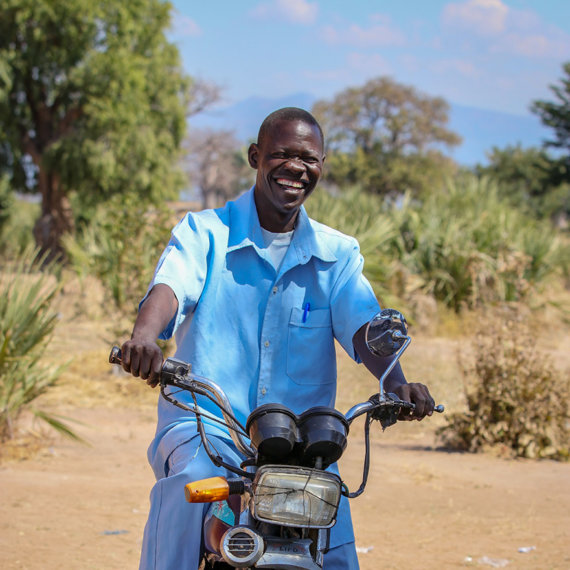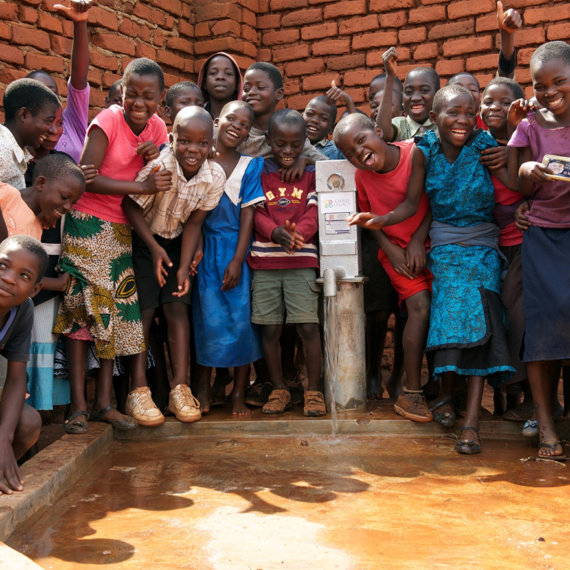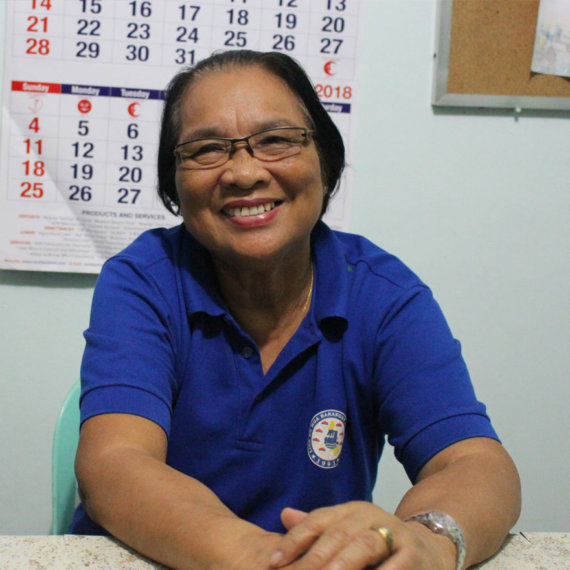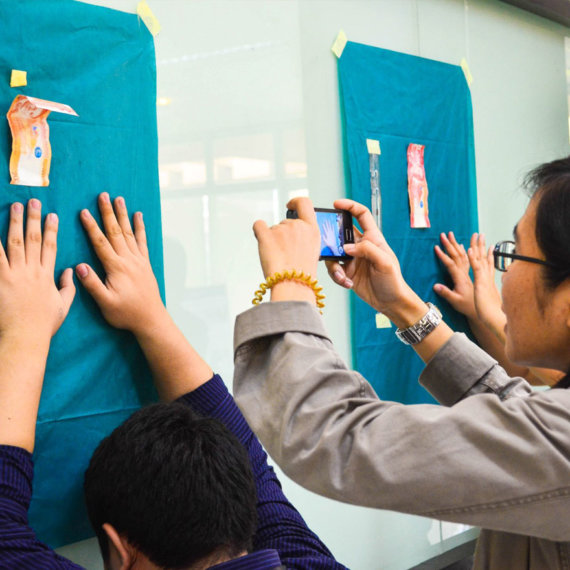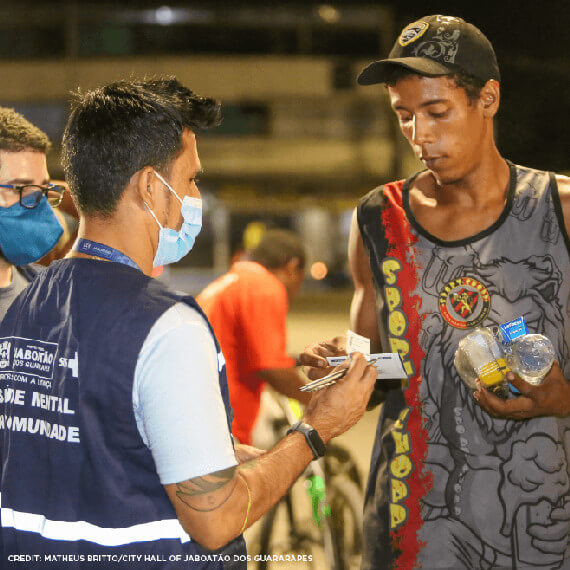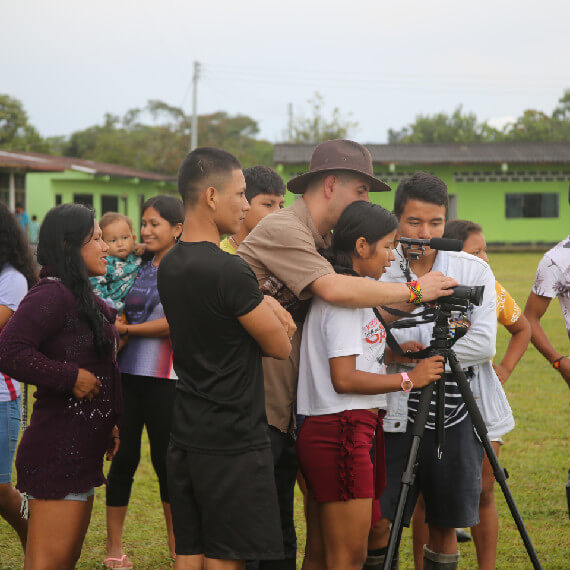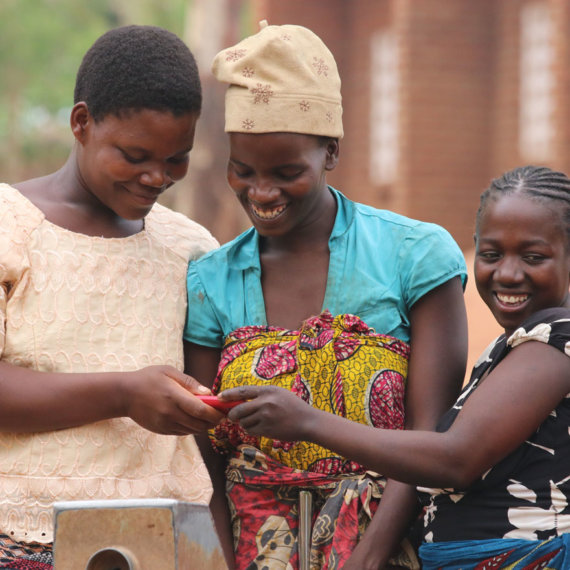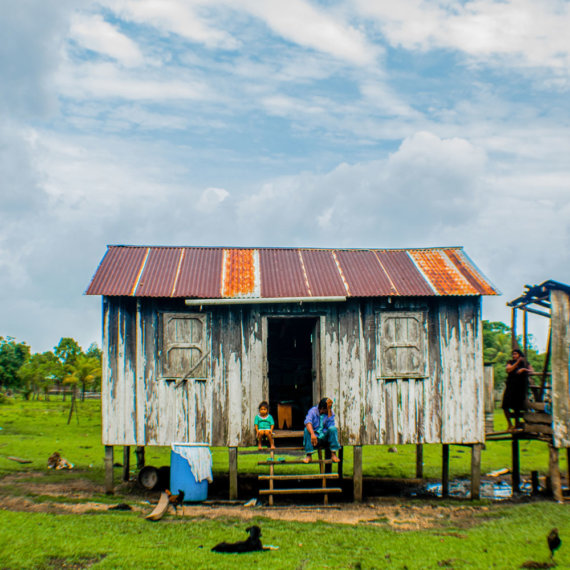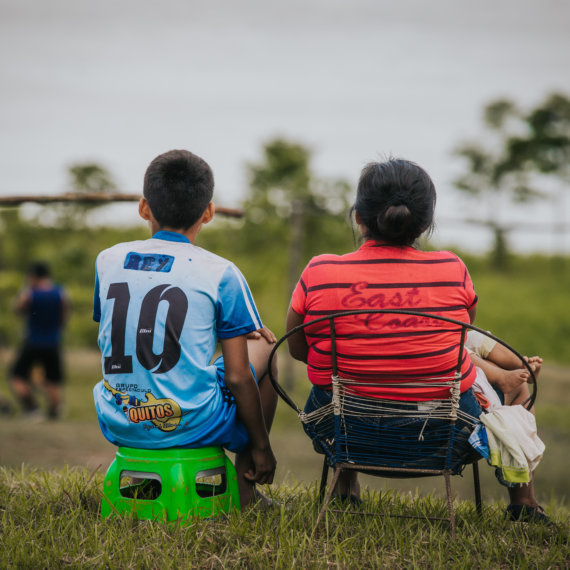LIVING GOODS
Living Goods has adopted best practices in entrepreneurship and performance management to deliver a community health worker programme which has been effective in reducing child mortality by 27%.
CONTINENT
Africa

Country
Uganda
Continent
Africa
Country
Uganda, Kenya and partnership models in Zambia and Myanmar
Founding year
2007
Organizational structure
Nongovernmental organization
Health focus
Maternal and child health, Malaria
Areas of interest
Community health workers, Digital technology, Franchising
Health system focus
Health workforce, Information systems, Health care financing
CHALLENGES
Uganda has achieved a reduction in under-five mortality from 156 per 1 000 live births in 1995 to 64 per 1 000 live births in 2013 (Liu et al., 2015). The most common diseases responsible for under-five mortality in Uganda include pneumonia (20,6%), malaria (19,3%) and diarrhoea (12,3%) (Liu et al., 2015). Maternal mortality also remains a challenge in Uganda, at 438 per 100 000 live births (UDHS, 2012). The new Sustainable Development Goals emphasise that continued efforts are required to reduce under-five mortality to 12 per 1 000 live births, and maternal mortality to 70 per 100 000 live births by 2030 (United Nations, 2015).
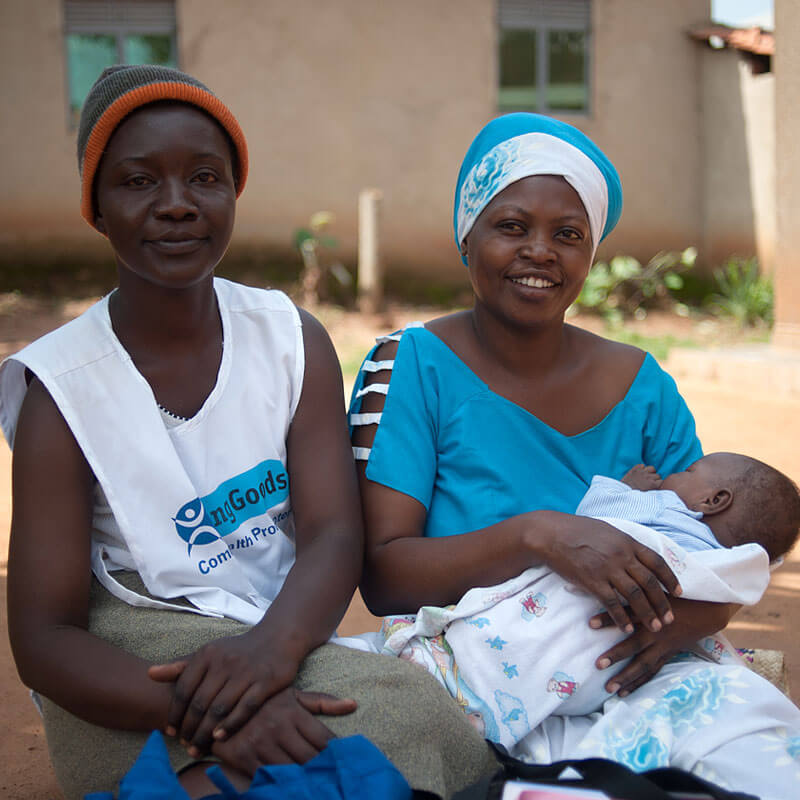
“Health is coming to the home. I think that’s what happening as we speak. I think it’s beautiful how we’re taking this centralized idea of a community health worker, a village where you went to someone who you know next door for help.”
– Charles Slaughter, Founder and CEO, Living Goods
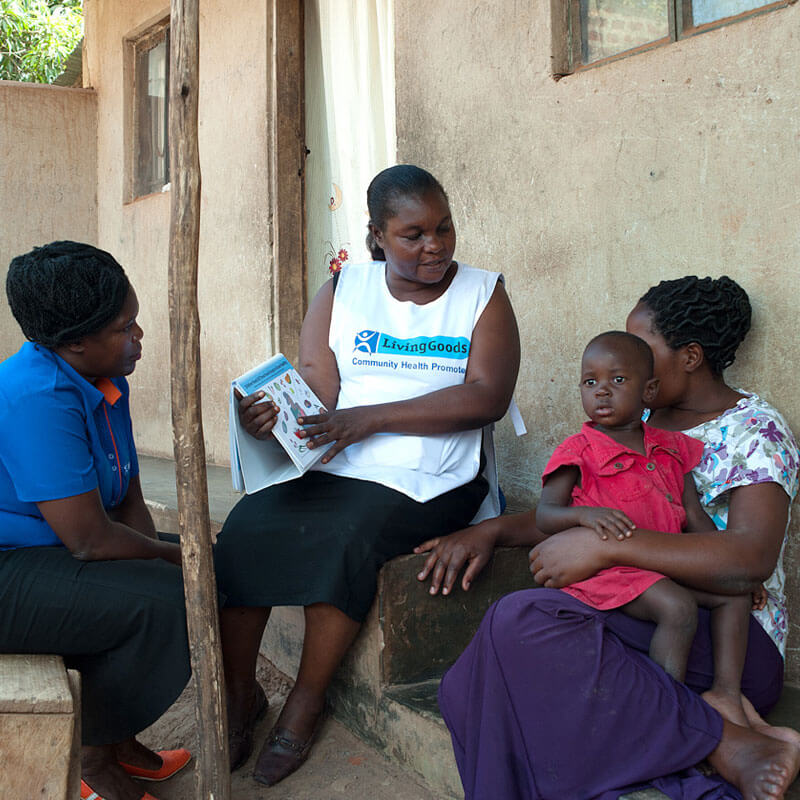
INTERVENTION
Living Goods is a nongovernmental organization with a vision to decrease maternal and child mortality from preventable diseases in low-income countries, such as Uganda. Recognizing the value of community members in addressing health issues and preventing ill health at a grassroots level, it has pioneered an entrepreneurial community health worker (CHW) platform that combines best practices in entrepreneurship and performance management. Living Goods selects and trains community health promoters (CHPs), who then go door-to-door providing basic health services, focusing on diagnosis and treatment for childhood diseases; free pregnancy and new-born check-ups; improving nutrition; and referring acute cases to qualified facilities.
CHPs are also enabled as microentrepreneurs and equipped with a basket of health products to sell while they provide their door-to-door health promotion services. Products include treatments for diarrhoea, safe delivery kits, fortified foods, clean cook stoves, water filters and solar lights. Although CHPs earn most of their income through product sales, Living Goods uses targets and associated financial incentives to encourage activity and drive performance. All CHPs are also given a smartphone equipped with mobile tools for registering households visited; sending and receiving reminders; generating checklists of task to perform during visits with protocols to support decision making; and monitoring their own performance.
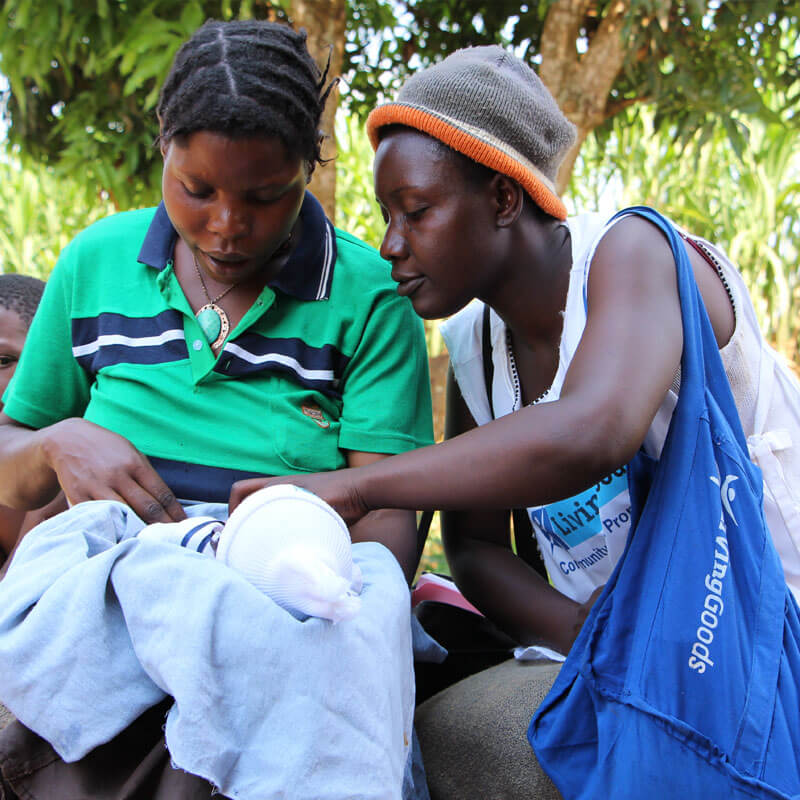
“It’s really improved my status in the community. The depression I had went away. The problems I had have really reduced. Even my children, they get treatment just on time you know? I can treat them on time, and the community respects me because of what I’m doing.”
– Living Goods Community Health Promoter
Living Goods has achieved significant impact in reducing child mortality by up to 27%. Through revenue generation from product sales, Living Goods is able to sustain 60% of its operations and deliver services at under US$ 2 per person per year.
Launched in Uganda in 2007, Living Goods has since scaled its model to Kenya, and has replicated it in Zambia and Myanmar in partnership with CARE International and Population Health Services respectively.

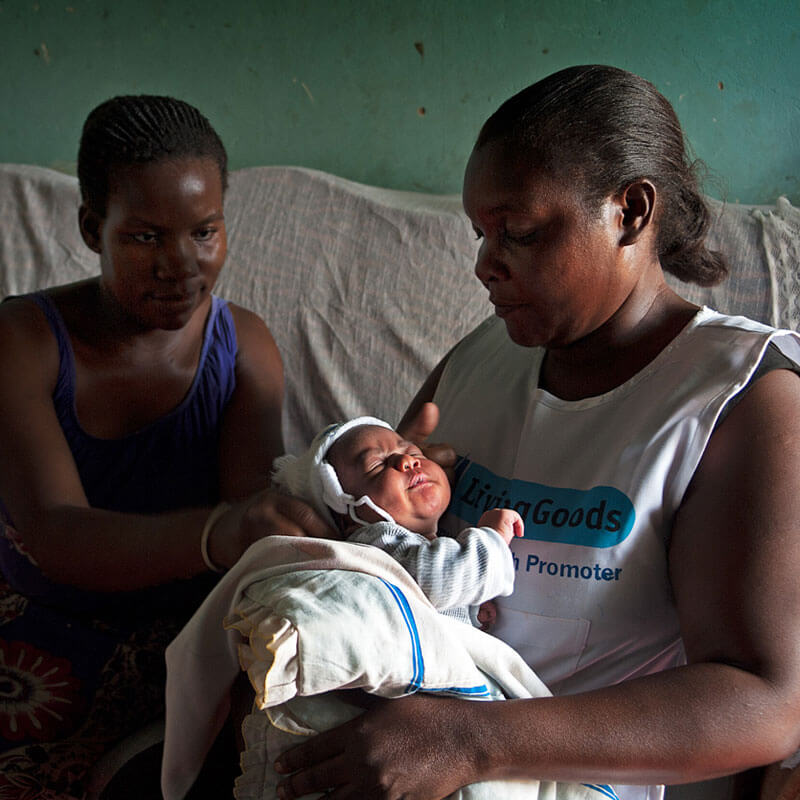
CASE INSIGHTS
The Living Goods case study illustrates how combining entrepreneurial approaches with community health provision not only supports the achievement of health outcomes in a sustainable way, but also enhances economic and gender empowerment of community members. In addition, entrepreneurial models reduce the financial investment required by national governments to support the scale up of CHW programmes. It also demonstrates how best practice management techniques increase the impact and affordability of such programmes. Mobile data tools enable the organization to assess its performance on a continual basis, make data-driven decisions, and address challenges without delay.
“What we are doing is taking some of the best practices in community public health, and applying some business principles around motivation, incentives, monitoring and tracking and around logistics and supply to ensure that we have [effective] last mile distribution.”
– Alfred Wise, Uganda Country Director for Living Goods
